by Glynn Burridge
The Seychelles Islands were first discovered by the brave Arab mariners of the 9th century B.C. who first began to chart the unknown waters of an ocean they called the ‘bahr al zanj’’ or ‘sea of the blacks’, leaving traces of their presence in the names they gave to certain of the islands such as Aldabra which is appropriately translated from Arabic as ‘the rock.’
These spectacularly beautiful islands may also have received visits from the Phoenicians; from a people who once sailed from the other side of the planet to settle the island of Madagascar and from the massive 1472 Chinese treasure fleet of Admiral Zheng. Whatever their past, the waves have long since washed away all trace of those early settlers and explorers.
After having served as a hideout for the pirates of the 17th and 18th century, one of whom, Olivier Le Vasseur, is believed to have buried a massive and as yet undiscovered treasure hoard on the main island, Mahé, the islands were finally settled by the French in 1756. They remained a French colony until they passed to the English after the defeat of Napoleon and it was they who administrated the islands until their independence in 1976.
The islands finally emerged from their slumber of ages in 1972 when they became connected to the rest of the world via a new international airport which saw the birth of the islands’ tourism industry.
Measuring 27km long and 8km wide, Mahé, the principal island is a mountainous, granitic island that boasts no less than 65 beaches. It is home to the capital, Victoria, and also to the international airport and to the vast majority of the 93,000, mainly Roman Catholic population. Commanding spectacular views of the surrounding ocean, Mahé contains the lion’s share of the archipelago’s hotels, tourism amenities and retail outlets. The charming capital, Victoria, has many fascinating nooks & crannies and points of historical interest including its bustling market that supplies much of the island’s fresh produce. Mahé also showcases a surprising variety of flora & fauna including many indigenous species, discoverable at the Botanical Gardens or on organised excursions along popular walks and trails. The fascinating underwater treasure houses of the Ste. Anne and Cap Ternay Marine National Parks, meanwhile, can be visited on snorkelling expeditions.
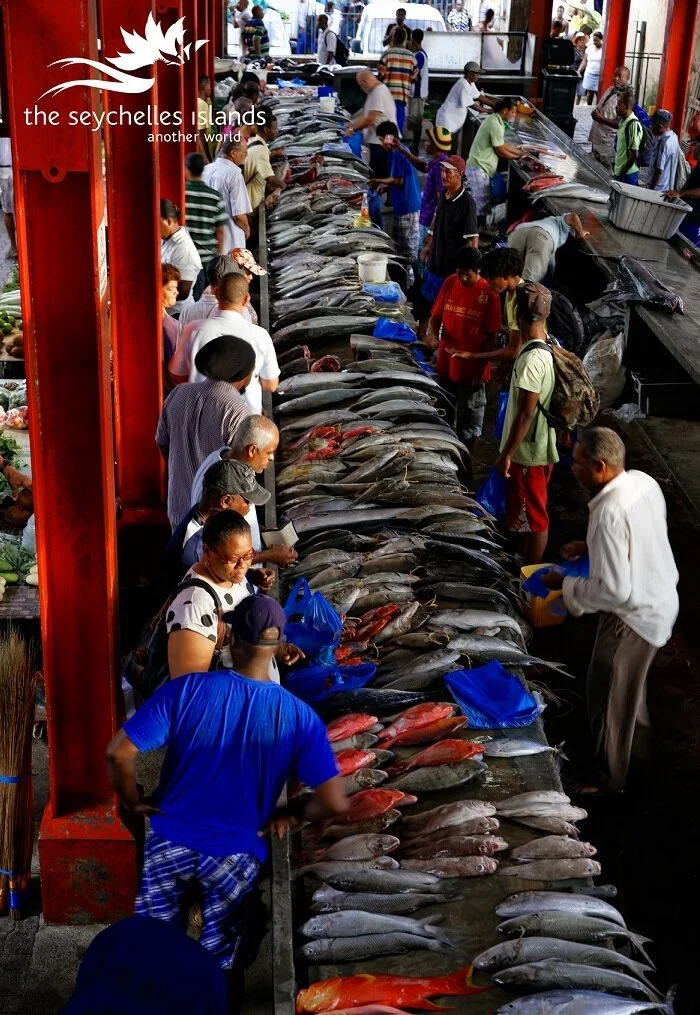
Seychelles’ second largest island, Praslin, lies 45 kilometers (24 miles) north-east of Mahé and is accessible by Air Seychelles domestic flights in 15 minutes or by fast catamaran ferry in 45 minutes. It is home to the legendary Vallée de Mai in which grows the fabulous Coco-de-mer and possesses some of the most striking beaches of the archipelago such as Anse Lazio, widely acclaimed to be the most beautiful beach on earth.
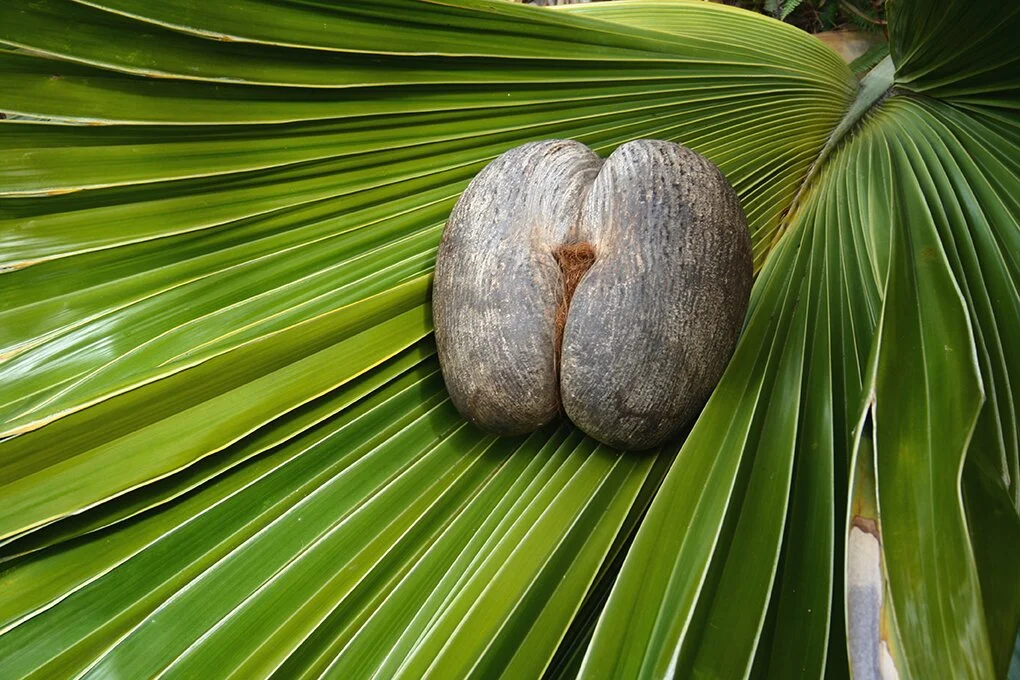
Praslin stands at the forefront of the country’s tourism industry with a rich assortment of hotels and guesthouses whose strong tradition of Seychelles’ hospitality over a period of many years has proved a favourite with visitors.
La Digue, known as ‘the island where Time stands still’, is situated forty kilometres (25 miles) from Mahé and 7 km (3.5 miles) from Praslin and is the fourth largest island in the Seychelles after Silhouette.
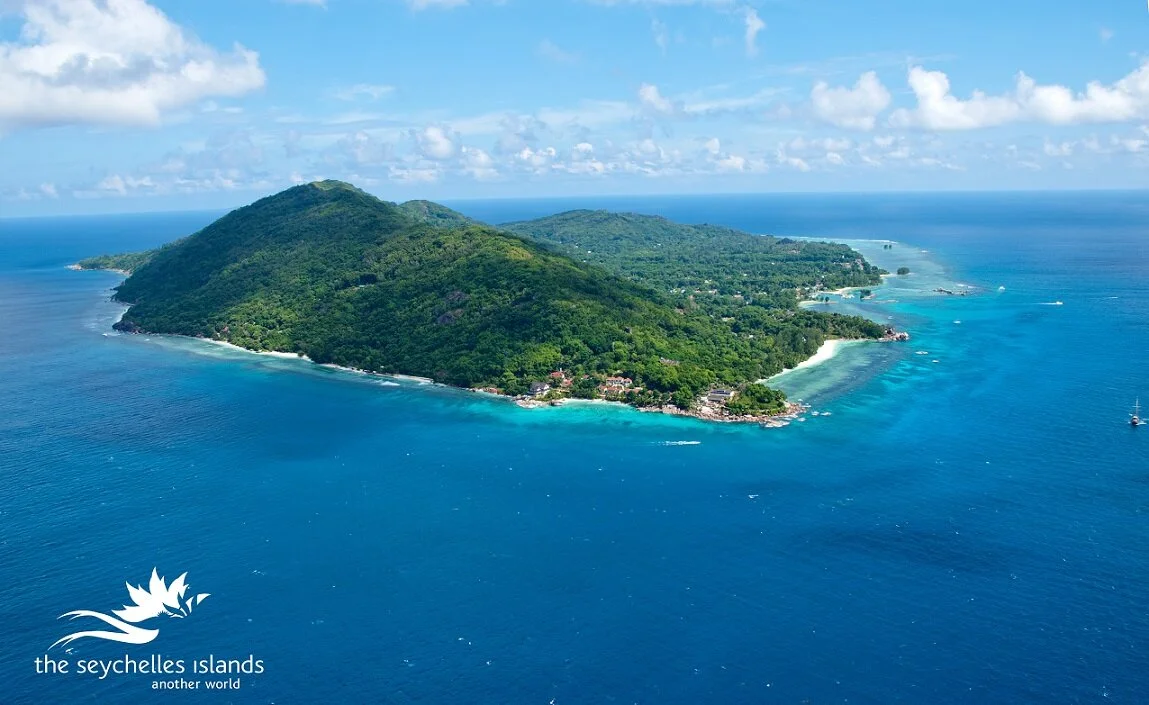
The remaining five groups of Outer Islands represent the far frontier of the Seychelles holiday experience. Currently, only four such islands offer accommodation: the islands of Denis and Bird located 100 miles to the north of Mahé; Desroches Island in the Amirantes, 140 miles to the south-east and Alphonse, even further south. Here the fishing, diving and sailing are superb in places where the only sail on the ocean and the only tracks on any beach will be your own.
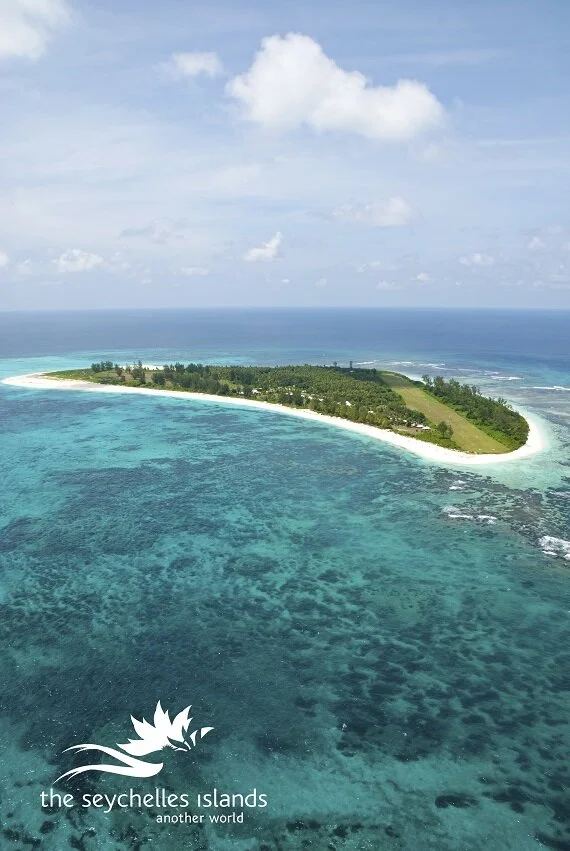
Overall, all the islands have been blessed with many natural assets and attributes including possessing a near-perfect and disease-free climate; an endless list of world-beating beaches; a sanctuary for some of the world’s rarest species of flora & fauna and an enviable conservation record whereby almost half of the 455 sq.km landmass has been set aside as natural parks and reserves. There are also no less than two UNESCO World Heritage sites: the extraordinary Vallée de Mai where the legendary, double-lobed coconut, the Coco-de-Mer grows high on ancient palms in a setting so surreal it was once thought to be the original site of the Garden of Eden, and Aldabra atoll, the planet’s largest raised coral atoll.
Nowhere else on earth will you find the mysterious Jellyfish Tree of which only 8 specimens remain; the Seychelles Paradise Flycatcher; the world’s smallest frog; heaviest land tortoise; largest population of giant land tortoises (150,000) living in the wild and the Indian Ocean’s only flightless bird. Between them, the islands also boast some of the most spectacular seabird colonies on earth as well as 13 species and 17 sub-species of birdlife that occur in Seychelles and nowhere else, making the islands a true birdwatcher’s paradise.
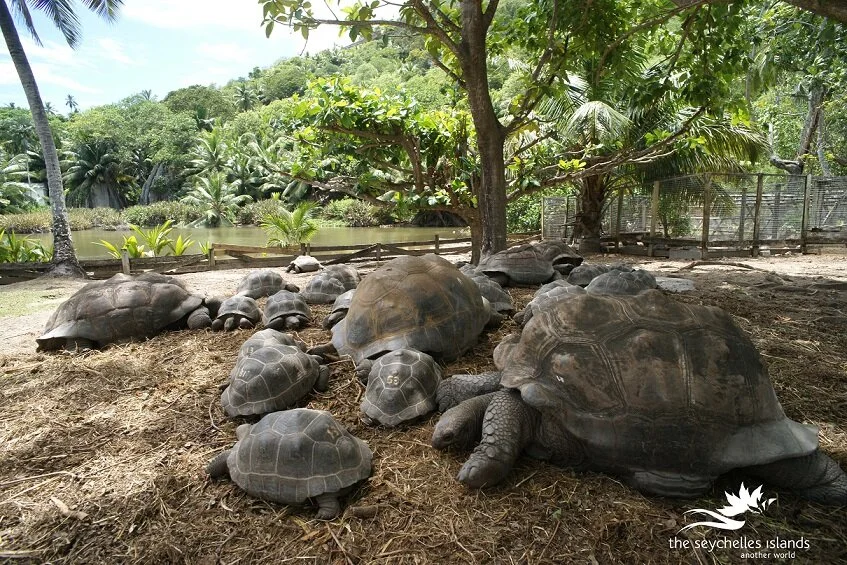
The surrounding waters, meanwhile, are a natural aquarium boasting a dizzying array of coral reef fish, turtle, ray, shark, dolphin, marlin and sailfish as well as colourful coral growth and a host of other marine organisms. The world’s largest fish migrates to these waters: that gentle giant of the seas, the 40 ft. whale shark – one of Seychelles’ many protected species.
Also on offer is an amazing degree of diversity which takes in the contrast between 41 towering granite isles and the 74 shimmering sand cays, reef islands and atolls of the Outer Islands while the multi-ethnic roots of its relatively young society lend themselves to a varied and vibrant culture with all its people and major religions living beside one another in perfect harmony. The diversity also extends to contrasting styles of architecture and beyond to the delicious, Seychellois Creole cuisine with its magical blend of European, Indian and Chinese culinary influences.
And when it comes to things to do, there is a wide choice of world-class fishing, sailing and diving as well as spa & wellness holidays, honeymoons & romance, trekking, horse riding; zip-lining; island-hopping & golf. All of these can be enjoyed from an equally diverse array of accommodation options that includes the ultimate in pampering at exclusive 5-star resorts and island hideaways, the Creole intimacy of the smaller hotel and guesthouse and the flexibility of any number of self-caterings.
No account of Seychelles’ riches can be considered complete without mention of its reputation as ‘The Islands of Love’ and it is little wonder that that lovers are inspired to take their vows and wed in this gentle and romantic atmosphere. Sensual Seychelles creates the idyllic ambience for an unforgettable wedding day, honeymoon or anniversary upon the silver-soft sands and beneath the swaying palms of discreet island hideaways.
Transportation, both in between and around the islands, makes the visitor’s dream of island-hopping a reality and besides Air Seychelles’ domestic flights, fast ferry transfers or passages on traditional, sail-assisted schooners all bring the principal islands and their satellites within easy reach.
Meditation techniques invite us to close our eyes and imagine Shangrila, a mythical place of ultimate harmony where tired spirits can be refreshed and worries washed away. Somewhere with the space to breathe the purest air and ample room to stroll the trackless, powder-soft sands of breathtaking beaches. A place for the senses to feast on the endless delight of fresh experiences.
Creation has blessed Seychelles with all of this and more. Against the backdrop of its unique island beauty, it is a place where harmony, tranquillity and Nature at its very best will conspire to leave you with the memories of a lifetime.
